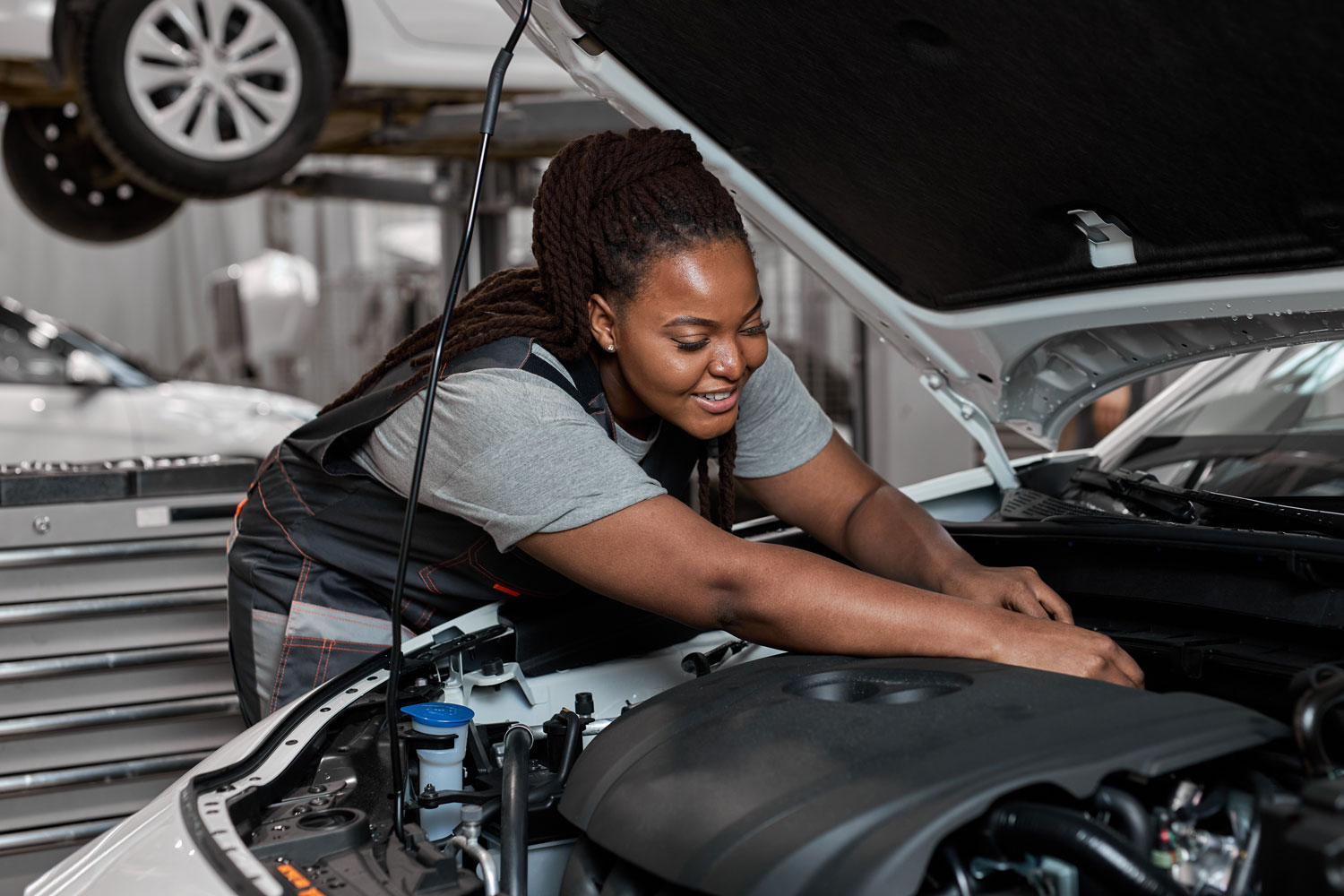How to Deal With Five Common Car Issues
Shakes, squeals, vibrations, and clunks — we have you covered.
 Shutterstock
Shutterstock
Article QuickTakes:
Here's how to diagnose and deal with five of the most common car issues you are likely to encounter in your daily driving.
1. Car Engine Is Squealing
A piercing squeal from under your hood can be a cause for alarm, but most of the time you can look to a single culprit: the serpentine belt. This belt, which sits at the front of the engine, is responsible for driving accessories such as the alternator and air conditioning compressor.Sometimes belts squeal after they are doused with coolant following a recent top-up or even due to a problem with any of several systems driven by the belt, but most of the time it's because the rubber they are made of is drying out and stretching. This is an indication that it's time for a replacement, especially if the belt looks cracked or worn. It's a relatively inexpensive job that that you might be able to do yourself, depending on how accessible the belt is and your level of comfort with basic tools.
2. Shaking While Braking
If you hit the brakes and feel a shake or a shudder through the pedal or steering wheel, chances are good that it's time to replace either the pads or the rotors. These are the two components that come into contact with each other to create the friction required to slow your vehicle.Over time, the heat generated by braking can cause the flat surface of a rotor to warp. In some cases, it's possible to have a rotor resurfaced, but typically a replacement costs nearly just as much. Brake pads that have worn down unevenly can also cause shaking, and should be inspected and replaced if necessary.
3. Clunks Over Bumps
A clunk when you hit a speed bump or pothole is a surefire sign that there is a loose, or worn out, suspension component. A thunk or a metallic clicking sound when the suspension moves can indicate one of several problems, but most typically it's a worn bushing, shock absorber, or end link that is causing the sound. Locating and replacing the piece is the logical next step. If you're not experienced with working on your car's steering and suspension systems, consider taking it to a professional. If you do choose to perform a repair to the steering system yourself, make sure to get an alignment afterward.4. Shaking at Higher Speeds
Shaking at highway speeds is usually related to one of two common problems. The first is an unbalanced wheel, which might occur because a wheel balancing weight has fallen off. The second is a damaged wheel or tire that is also throwing off the balance of the wheel, whether through uneven wear, a sidewall bulge, or a bent rim. In each case, it's necessary to head to a tire shop and have the wheels and tires inspected, and then balanced or replaced as necessary.5. Check Engine Light
A check engine light (sometimes abbreviated as a CEL) on your dashboard can often be caused by something as simple as a loose gas cap tripping the fuel system sensor as a result of pressure loss. Another common trigger is the failure of one of the emission system's oxygen sensors. If you head to your local parts store, you can usually have the staff scan your vehicle trouble codes for free, which will help pin down the exact problem.This site is for educational purposes only. The third parties listed are not affiliated with Capital One and are solely responsible for their opinions, products and services. Capital One does not provide, endorse or guarantee any third-party product, service, information or recommendation listed above. The information presented in this article is believed to be accurate at the time of publication, but is subject to change. The images shown are for illustration purposes only and may not be an exact representation of the product. The material provided on this site is not intended to provide legal, investment, or financial advice or to indicate the availability or suitability of any Capital One product or service to your unique circumstances. For specific advice about your unique circumstances, you may wish to consult a qualified professional.



